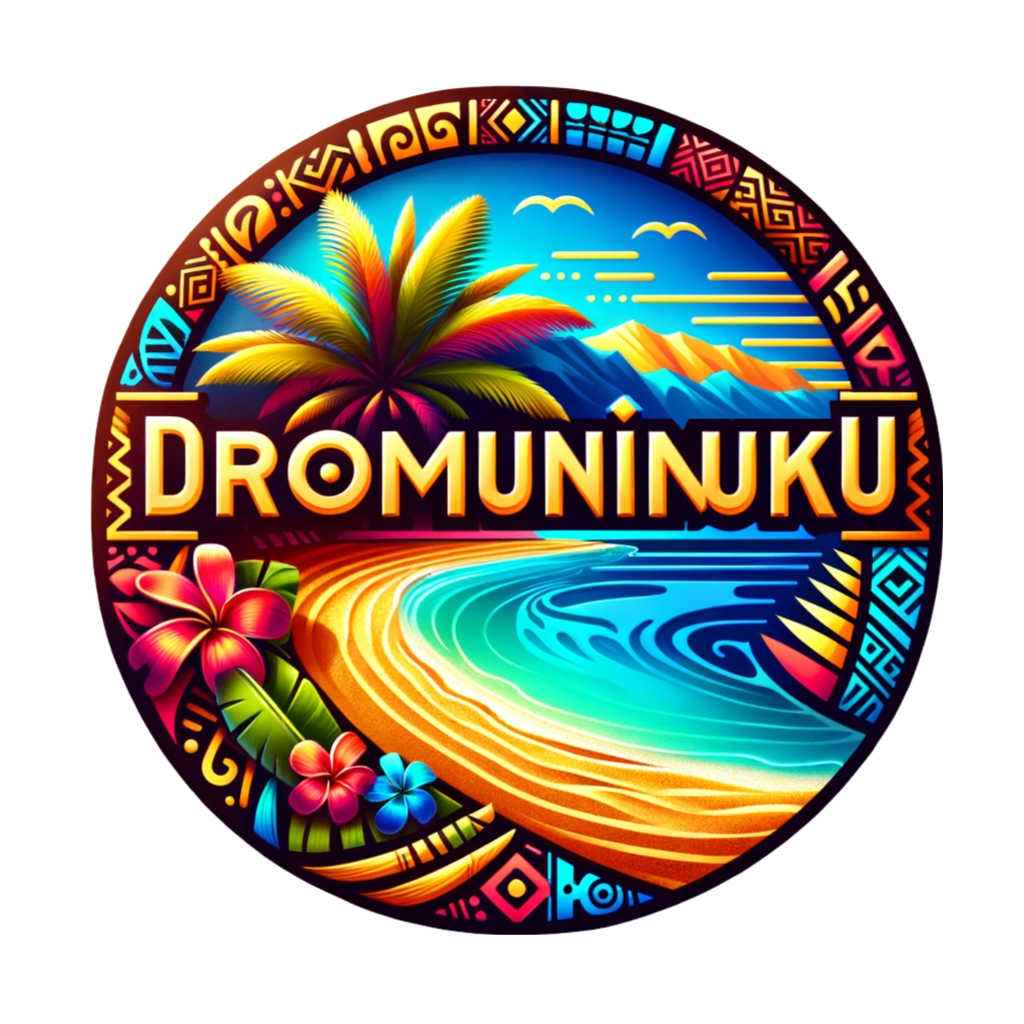Digital art has introduced a plethora of new techniques that were unimaginable in traditional art forms. Tools like digital brushes, layering, 3D modeling, and digital sculpting have revolutionized the way artists create art. These techniques allow for intricate detailing, precision, and a level of control over the artistic process that is unparalleled.
Interactivity and Audience Engagement
One of the most groundbreaking aspects of digital art is its potential for interactivity. Interactive installations, virtual reality (VR) experiences, and augmented reality (AR) artworks invite the audience to become part of the art itself. This interactivity transforms the viewer's role from a passive observer to an active participant, creating a more immersive and personal experience.
The Role of Algorithms and Generative Art
Generative art, where algorithms and code play a crucial role, is another significant aspect of digital art. Artists use algorithms to create complex patterns and shapes, often resulting in artworks that are dynamic and constantly evolving. This fusion of art and computer science opens up new avenues for creativity and experimentation.
Digital Art in Social and Political Commentary
Digital art has become a powerful medium for social and political commentary. The ease of sharing digital artworks online enables artists to reach a global audience, making it an effective tool for raising awareness and sparking discussions on various issues. Digital platforms have democratized the way art is used to comment on and influence societal and political narratives.
Preservation and Archiving Challenges
As digital art becomes more prevalent, the art world faces unique challenges in terms of preservation and archiving. The rapid evolution of technology can render some digital formats obsolete, risking the loss of digital artworks. Addressing these challenges involves developing new strategies for the long-term preservation of digital art.
The Fusion of Digital and Physical Worlds
The blend of digital and physical realms in art is a fascinating development. Artists are combining traditional techniques with digital processes to create hybrid works that have a unique aesthetic and tactile quality. This fusion challenges our understanding of what constitutes a 'pure' art form and opens up new possibilities for artistic expression.
Economic and Commercial Aspects
The rise of digital art has also transformed the economics of the art world. Digital artworks, though often challenging to monetize due to issues of replication and distribution, have found a new market through digital platforms and blockchain technology. The emergence of Non-Fungible Tokens (NFTs) has created a new paradigm for owning and trading digital art, redefining the value and commerce of art in the digital age.

